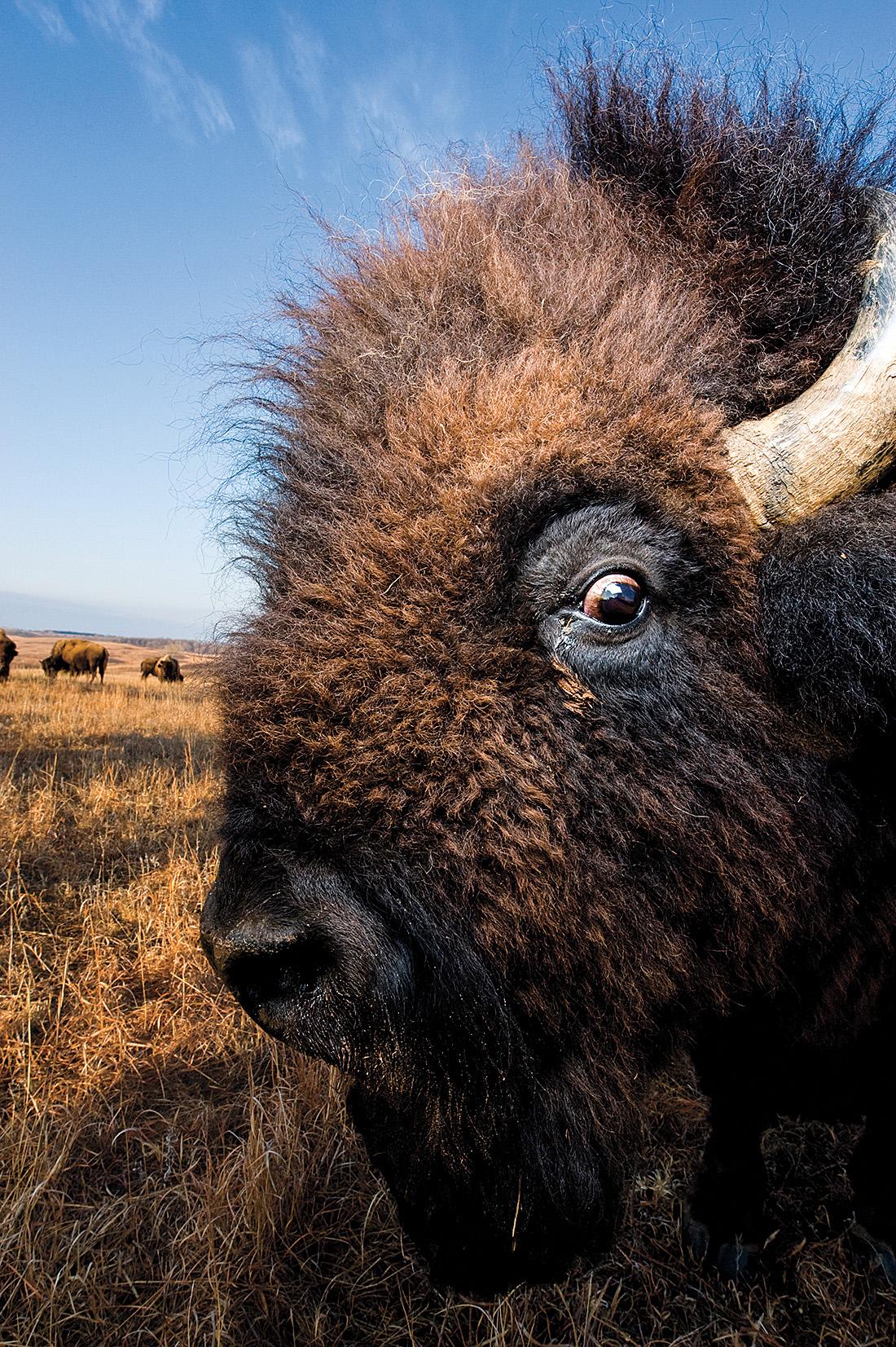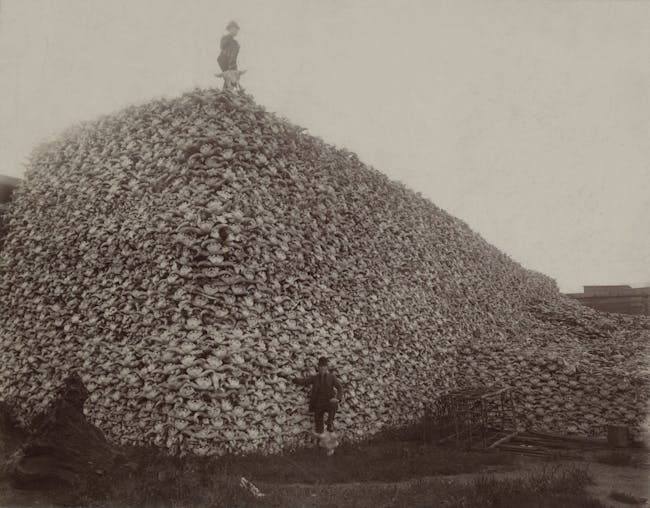MULTIZ321
TUG Member
- Joined
- Jun 6, 2005
- Messages
- 32,949
- Reaction score
- 9,455
- Location
- FT. LAUDERDALE, FL
- Resorts Owned
- BLUEWATER BY SPINNAKER HHI
ROYAL HOLIDAY CLUB RHC (POINTS)
The Bison Return to the Great American Plains
By Richard Conniff/ Science-Nature/ Smithsonian/ smithsonianmag.com
"After years of fierce debate, the West’s greatest symbol will again roam the countryside.
This Winter, if all goes as planned, a caravan of livestock trucks will carry dozens of American bison out of Yellowstone National Park on a 500-mile journey into the past. Unlike their ranched cousins, which are mainly the result of 20th-century attempts to cross bison with cattle, the Yellowstone animals are wild and genetically pure, descendants of the original herds that once astonished visitors to the Great Plains and made the bison the symbol of American abundance. Until, that is, rampant hunting made it a symbol of mindless ecological destruction.
When the mass slaughter of 30 million or so bison finally ended at the turn of the 20th century, just 23 wild bison remained in Yellowstone, holed up in Pelican Valley. Together with a small number of animals saved by ranchers, that meager herd became the basis for the recovery of the entire species, Bison bison, which has been nurtured back to strength in the park.
Yellowstone has done its job so well, in fact, that the herd now consistently exceeds 4,000 bison, a number large enough to provoke fears of overgrazing in the park and of bison roaming beyond its boundaries. Park rangers have thus had the disheartening annual job of rounding up “excess” bison for slaughter or watching some step across the park’s northern border into a hunt that critics deride as a firing squad. Relocating the animals would be the humane alternative, except for a scary problem: Ranchers and others have long maintained that bison spread brucellosis, a bacterial infection that is devastating to cattle. A 2017 study by the National Academies of Sciences, Engineering and Medicine, however, determined that every case of brucellosis in cattle in the region over the past 20 years came from infected elk, not bison. That finding has made it harder to argue that wild bison shouldn’t be allowed out of the park...."

Scientists believe wild bison have inhabited the Yellowstone region continuously for at least 10,000 years. (Joel Sartore / National Geographic Creative)
Richard
By Richard Conniff/ Science-Nature/ Smithsonian/ smithsonianmag.com
"After years of fierce debate, the West’s greatest symbol will again roam the countryside.
This Winter, if all goes as planned, a caravan of livestock trucks will carry dozens of American bison out of Yellowstone National Park on a 500-mile journey into the past. Unlike their ranched cousins, which are mainly the result of 20th-century attempts to cross bison with cattle, the Yellowstone animals are wild and genetically pure, descendants of the original herds that once astonished visitors to the Great Plains and made the bison the symbol of American abundance. Until, that is, rampant hunting made it a symbol of mindless ecological destruction.
When the mass slaughter of 30 million or so bison finally ended at the turn of the 20th century, just 23 wild bison remained in Yellowstone, holed up in Pelican Valley. Together with a small number of animals saved by ranchers, that meager herd became the basis for the recovery of the entire species, Bison bison, which has been nurtured back to strength in the park.
Yellowstone has done its job so well, in fact, that the herd now consistently exceeds 4,000 bison, a number large enough to provoke fears of overgrazing in the park and of bison roaming beyond its boundaries. Park rangers have thus had the disheartening annual job of rounding up “excess” bison for slaughter or watching some step across the park’s northern border into a hunt that critics deride as a firing squad. Relocating the animals would be the humane alternative, except for a scary problem: Ranchers and others have long maintained that bison spread brucellosis, a bacterial infection that is devastating to cattle. A 2017 study by the National Academies of Sciences, Engineering and Medicine, however, determined that every case of brucellosis in cattle in the region over the past 20 years came from infected elk, not bison. That finding has made it harder to argue that wild bison shouldn’t be allowed out of the park...."

Scientists believe wild bison have inhabited the Yellowstone region continuously for at least 10,000 years. (Joel Sartore / National Geographic Creative)
Richard



